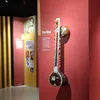Launched in 2014, PhotoSparks is a weekly feature from YourStory, with photographs that celebrate the spirit of creativity and innovation. In the earlier 480 posts, we featured an art festival, cartoon gallery. world music festival, telecom expo, millets fair, climate change expo, wildlife conference, startup festival, Diwali rangoli, and jazz festival.
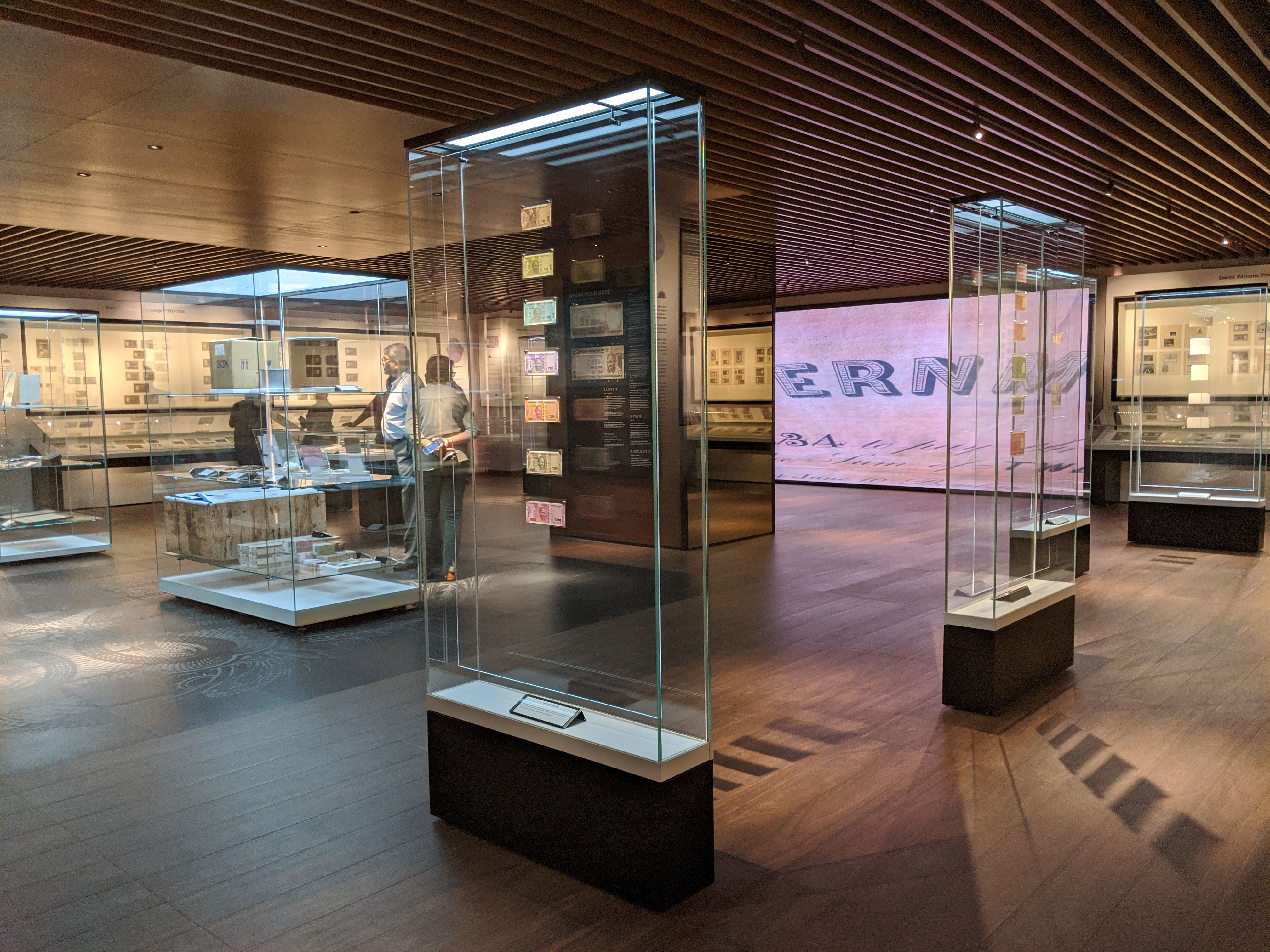
India's largest museum on Indian paper money was unveiled recently in Bengaluru. It was launched by Rezwan Razack, Co-founder and Joint MD of the Prestige Group of real estate developers (see Part I of our coverage here).
Rezwan has personally been collecting Indian currency notes over a period of 50 years; this legacy showcases the rich history of India’s journey in currency. His extensive research has also led to the publishing of two books, The Revised Standard Reference Guide to Indian Paper Money, and One Rupee - One Hundred Years, 1917-2017.
Rezwan Razack’s Museum of Indian Paper Money is located on the second floor of Prestige Falcon Towers, which itself offers stunning views of Bengaluru. From the early barter systems and the use of coins as currency, the museum introduces visitors to paper notes and their monetary usage before and after India’s independence.
“Money is a subject that both fascinates and mystifies. We trust this individual and team effort will not only give Bengaluru a new tourist spot, but will firmly establish it on the map of money museums around the world,” said Bazil Shaikh, author and former Secretary, Reserve Bank of India, on the occasion of the launch.
Rezwan is also Chairman of the India Banknote Collectors’ Chapter of the International Bank Note Society (IBNS). He has been awarded by IBNS for his contribution to The Advancement of Numismatic Knowledge for his article titled ‘Banknotes of Portuguese India’.
Historical preservation and experience design
“When planning a museum, design has to be one of the major considerations as people learn with their eyes,” explains Deepthi Sasidharan, Director of Eka Archiving and Lead Museum Consultant for the Museum of Indian Paper Money, in a chat with YourStory. Considering that currency notes are rather uniform in shape and size, the design brief was to create a space that is both open and visitor friendly.
“Specialists in lighting, conservation, showcases and graphics came together to create this world-class product. It was a delight to work with Thom Catallo and his team in Singapore, responsible for bringing together the spatial design elements,” Deepthi recalls.
Well-lit displays that also catered to the safety of the rare bank notes was critical. “All the showcases and vitrines are world-class, and have been imported. It took almost two months for the shipping and installation of these units,” she says.
The special lighting inside the cases is non-damaging to the exhibits. “Since bank notes are intrinsically small, the team decided to use technology to highlight details for the benefit of the visitors,” Deepthi explains. Hence the inclusion of a large format digital screen that is a focal point in the museum.
Attention was also paid to individual exhibits. “For example, since the history of the banknotes began in the 18th century, we decided to design an element that would encapsulate the history of currency till that period,” Deepthi says. This was arrived at after brainstorming, ideating, and finally executing concepts.
The museum has been designed to be visitor-friendly. It is located in the heart of Bengaluru, and is easily accessible through all forms of transport. “A walk through spacious lobbies and lift banks brings you to the museum, which boasts the latest security and visitor engagement facilities. Large screens and small screens dot the museum to bring technology into the exhibition and design space,” Deepthi explains.
“After visiting almost all the money museums around the world, Mr. Razack was absolutely clear about what he DID NOT want! He also has an intimate knowledge of his collection and a clear idea of how he wanted to lay out the themes in the currency,” Deepthi adds.
“I can honestly say that we were not inspired by any other museum. This museum, in any case, is in a different league compared to the other currency museums in the country,” Deepthi proudly says.
“The team was multidisciplinary and international, and the camaraderie was exceptional,” she adds. “I learnt so much from Mr. Razack, not only about the history of money, but how passion projects are executed with passion as the driving force!”
The pandemic effect
Unfortunately, the COVID-19 crisis has dealt a body blow to sectors like travel, tourism, performing arts, and cultural spaces. The Museum of Indian Paper Money had to be shut due to the pandemic, shortly after its launch.
“Museums like any other public institution are trying to make sense of how public spaces can be navigated. In the lockdown period, the museums have been catering to their audiences through the digital medium,” Deepthi explains.
“Social media engagements and ideas that involve educating the public remotely have become very popular. In the future, we will have to evolve to cater to people interacting with art and special objects in a safe space,” Deepthi predicts.
For example, museums will practise social distancing. “We will rely on devices like personal smartphones and other new-age technologies to communicate with the public,” she explains.
Group tours and guided personal experiences will be on hold for a while, and voice-guided apps and screens will come to the forefront. Deepthi emphasises: “It is a brand new world – we will have to innovate and adjust within our available resources!”
(Note: The photographs in this pictorial essay were taken before the national lockdown due to the coronavirus. The visit to the museum was not in violation of any public safety guidelines.)
When opened to the public, Rezwan assures that the museum will strictly enforce all required safety and hygiene norms. These include temperature checks, mandatory usage of masks, and frequent sanitisation of hands and bags of visitors.
“All visitor entry will be permitted only after they walk through a sanitation tunnel at the entrance of the building on the ground floor. The number of visitors inside the museum will be limited to not more than five at any given time,” he adds.
The road ahead
Deepthi offers tips and advice for designers in this new era. (See also YourStory’s d.Zen section (‘Design Zen’) for more resources on design, and designer responses to the coronavirus crisis.)
“The design community should use this time to find new ways of collaboration. It is already happening but in the field of public education, enormous opportunities have opened up,” she observes. Aesthetic sensibilities of designers will be needed to make online content appealing and engaging, as schools and colleges go online.
“Besides this, as the lockdown eases in cities, it would again be with the help of the design community that we alter our places of work, residence and interaction. Spatial designers will be in demand,” Deepthi predicts.
Visual, spatial and experiential elements are well brought out in the design of the Museum of Indian Paper Money. “Doing this project was definitely one of the most rewarding experiences of my career,” Deepthi proudly says.
The museum will reopen only when the state authorities grant permission, Rezwan Razack explains. “We are currently in discussions with a couple of vendors to offer online viewing of the exhibits, and provide other digital features as well,” he says.
“The museum is a time machine that can take a visitor back to the inception of Indian paper money from over two centuries ago. I believe that it will be a source of knowledge and mental relief for visitors in these tough times,” Rezwan signs off.
Now, what have you done today to pause in your busy schedule and find ways to fully explore your creative core?
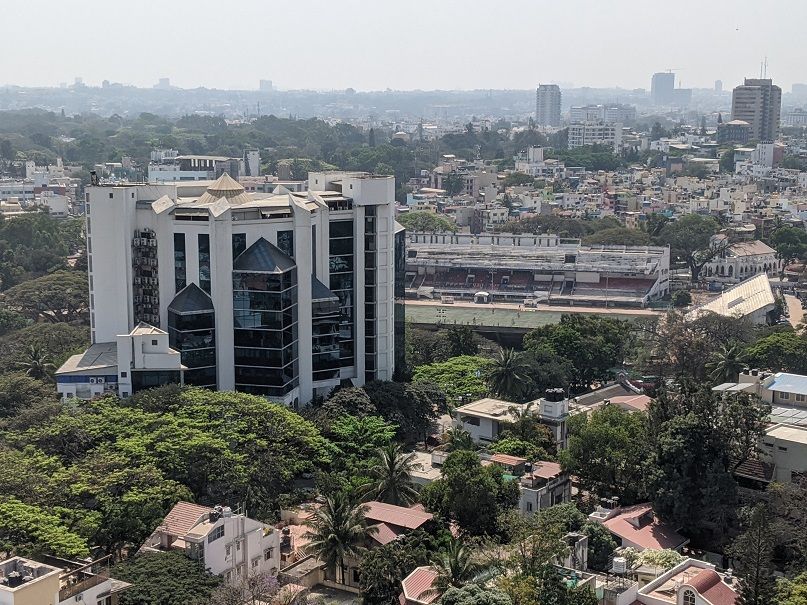
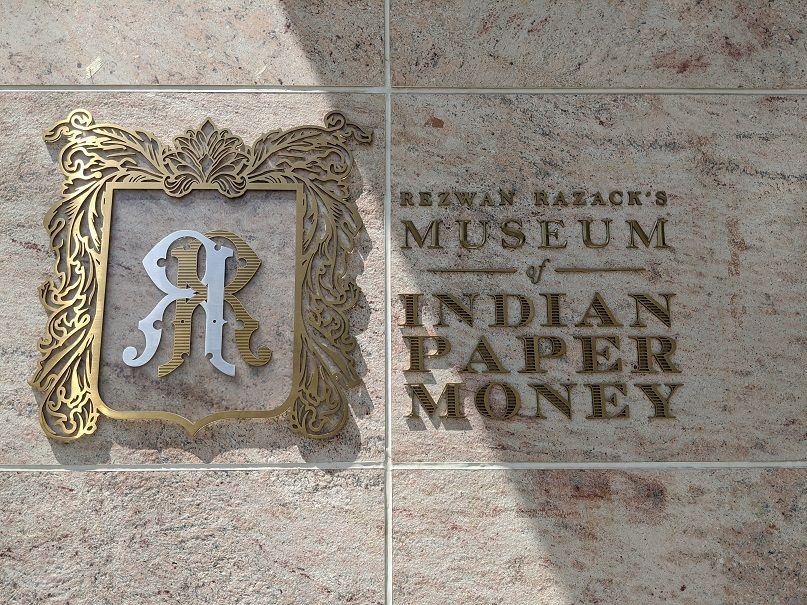
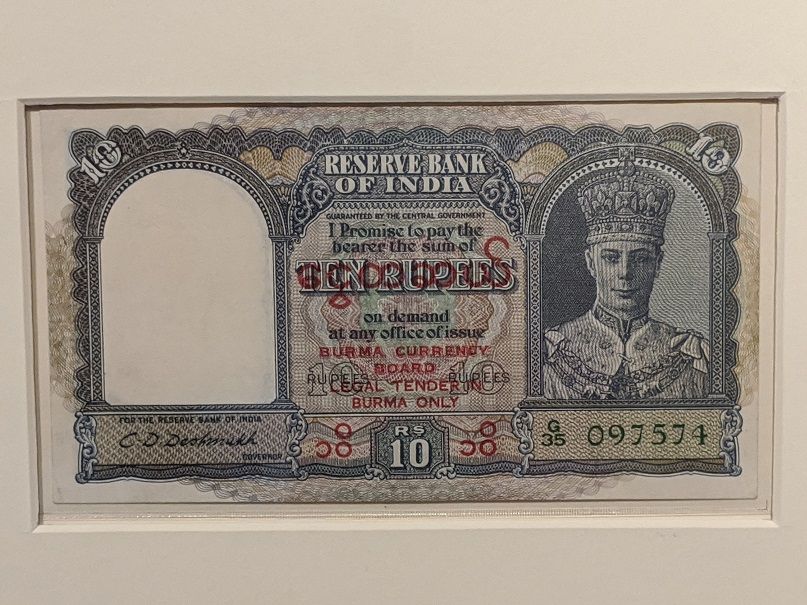
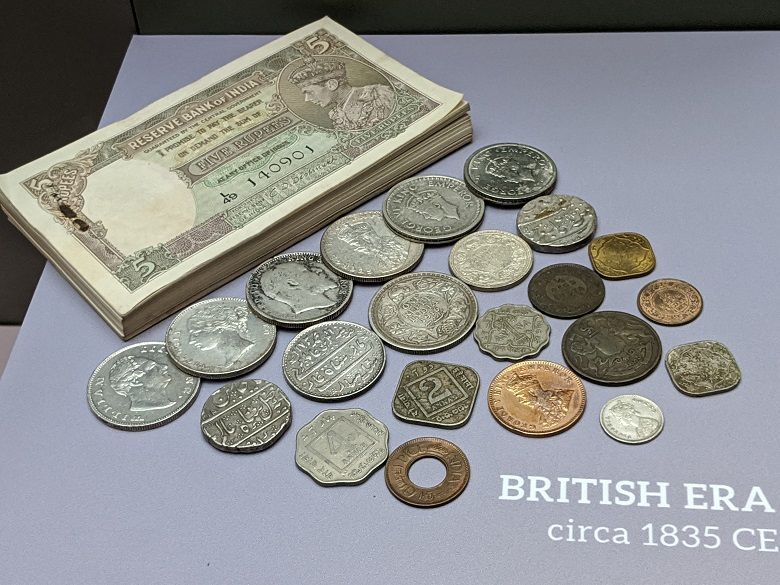
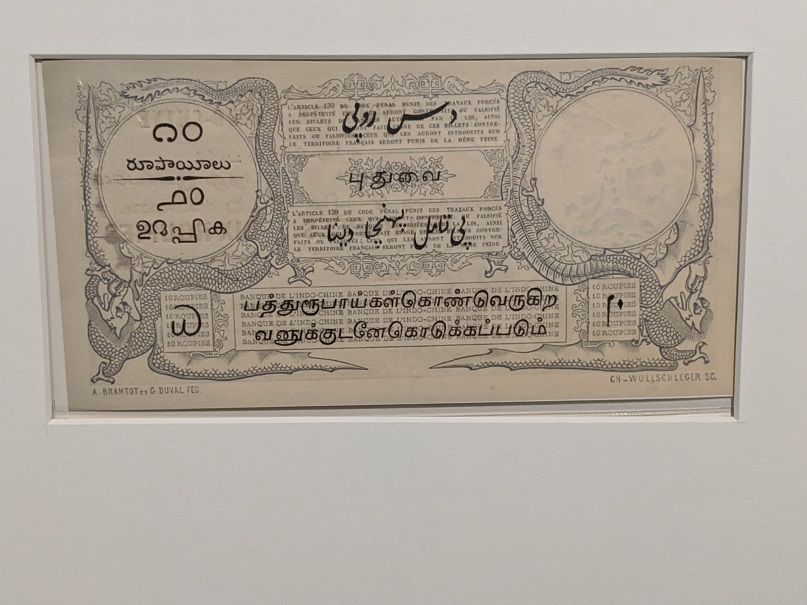
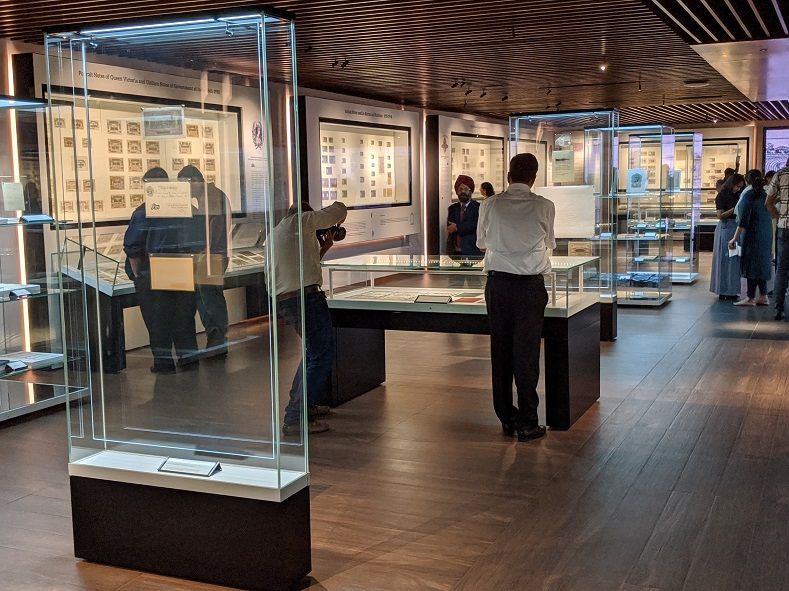
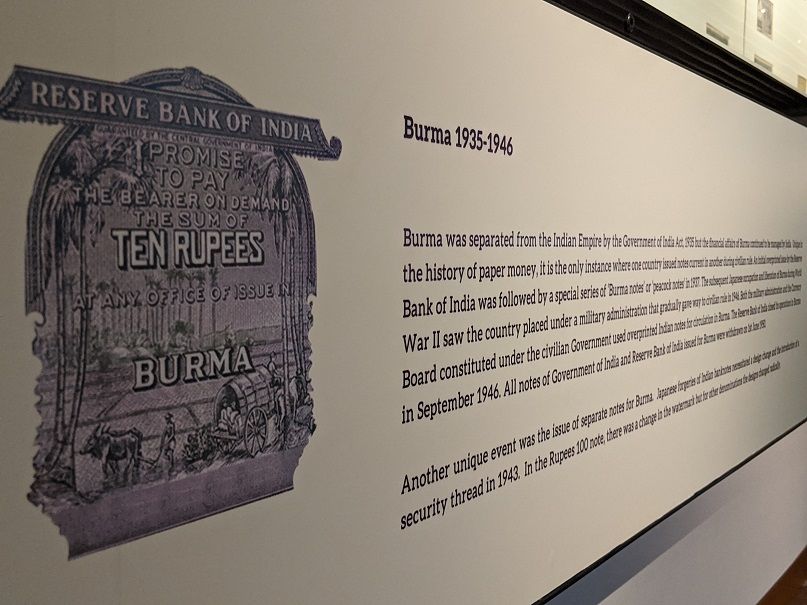
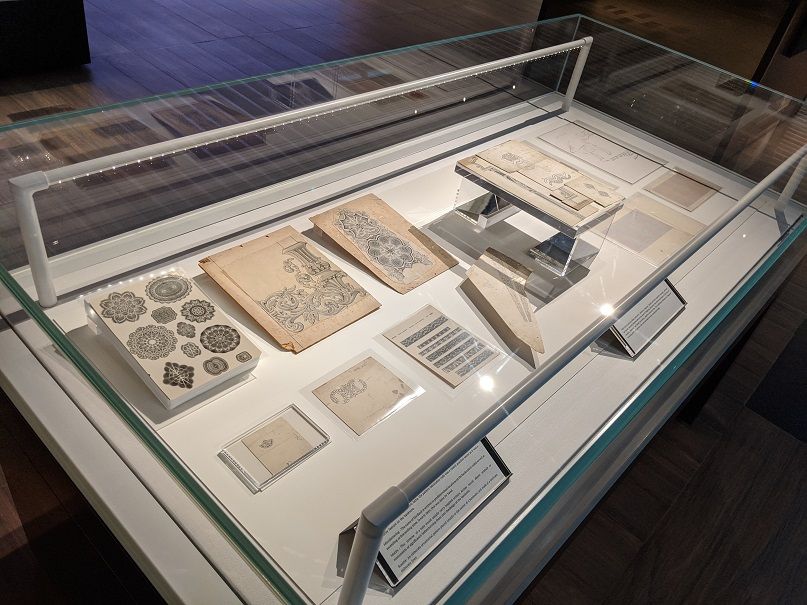
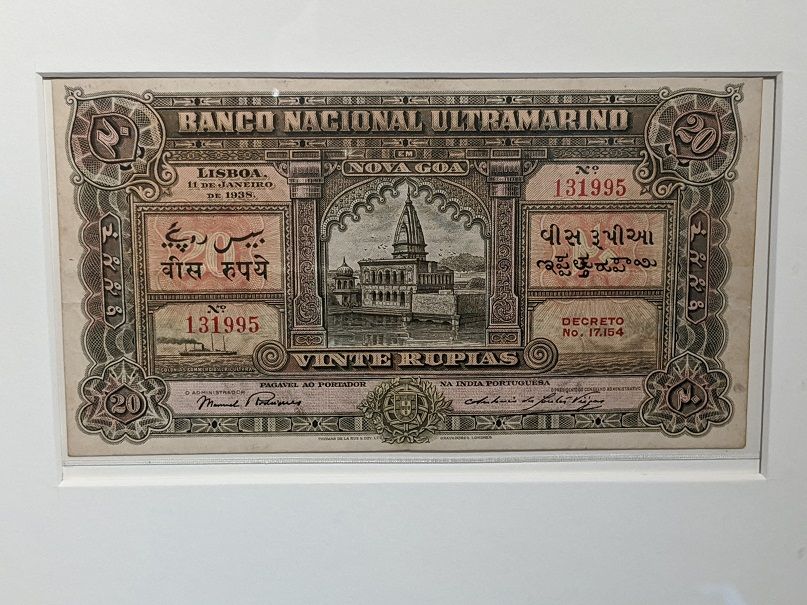
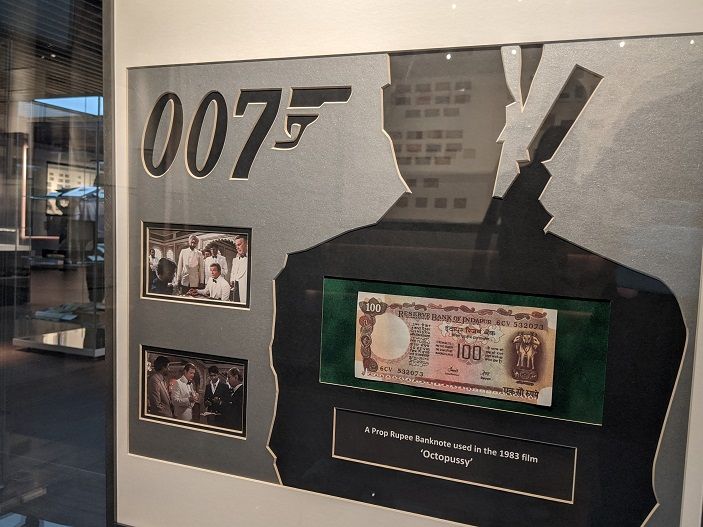
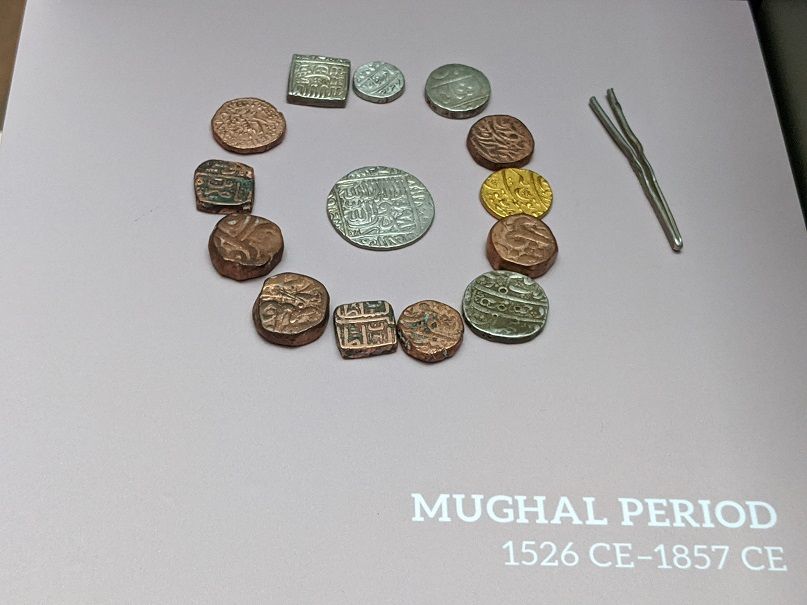

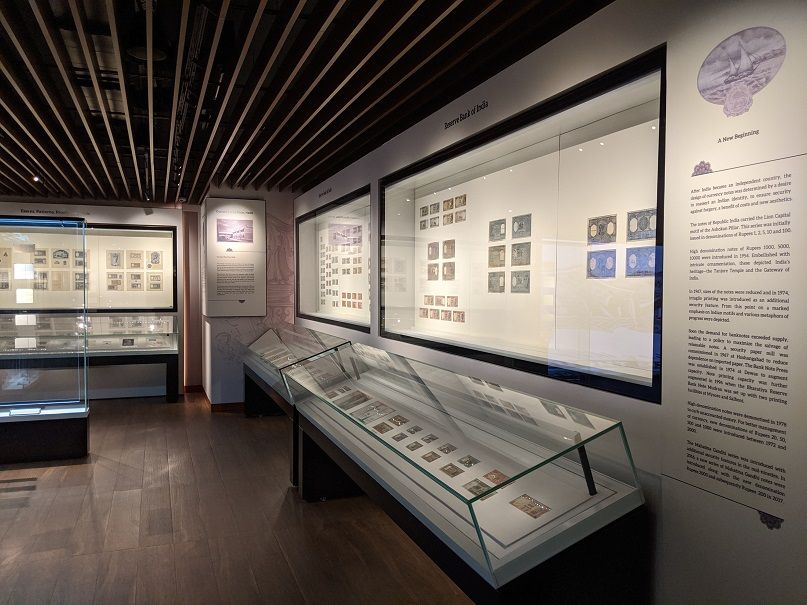
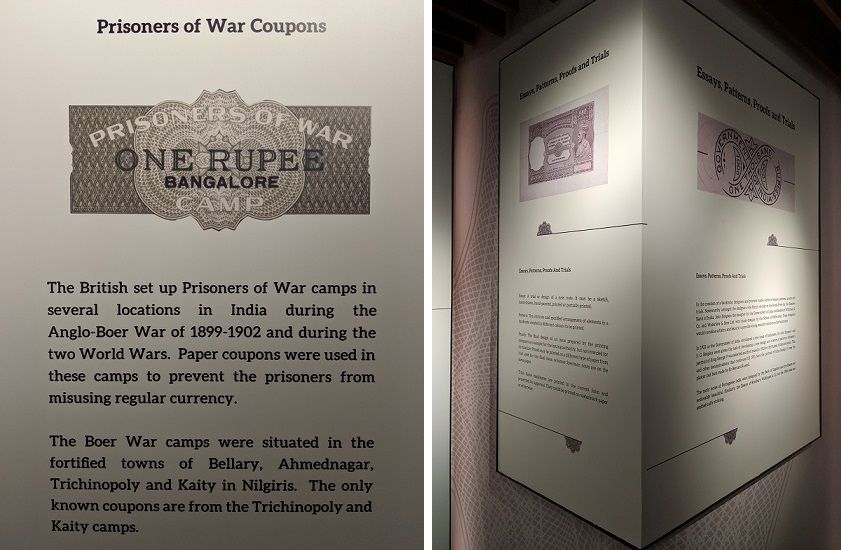
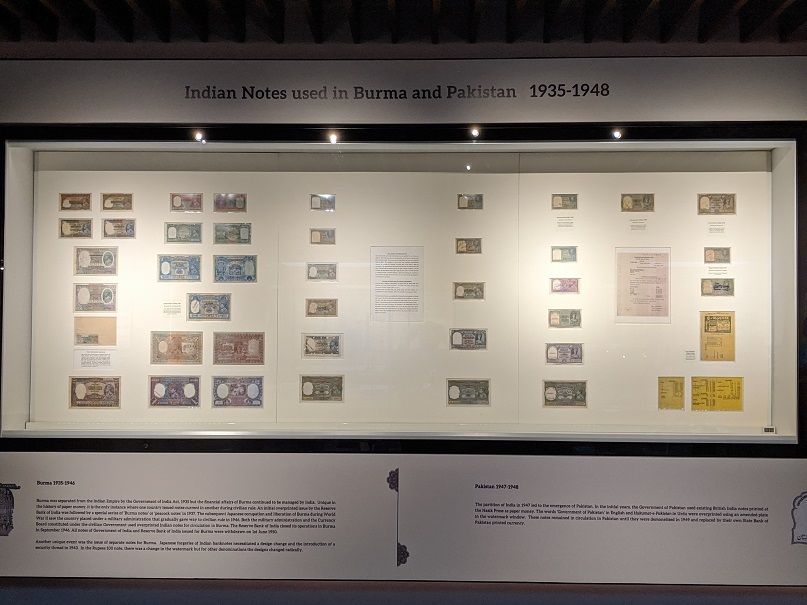
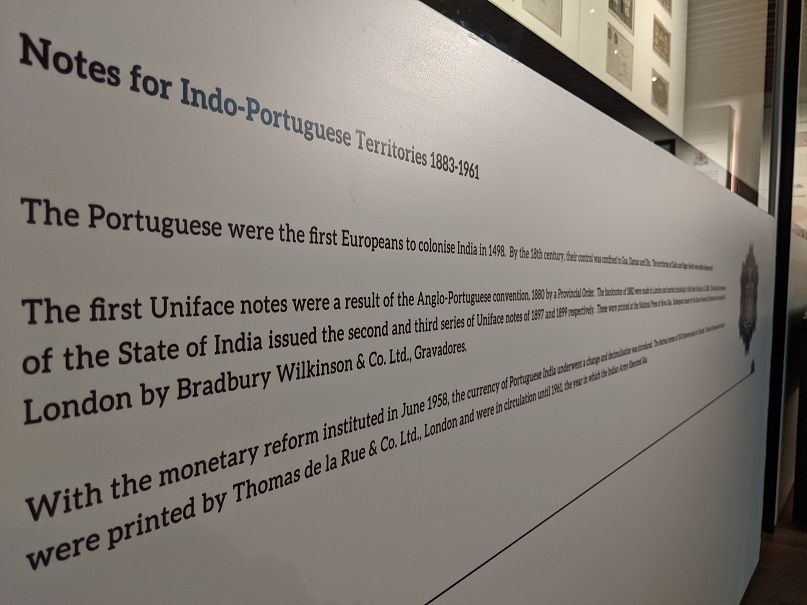

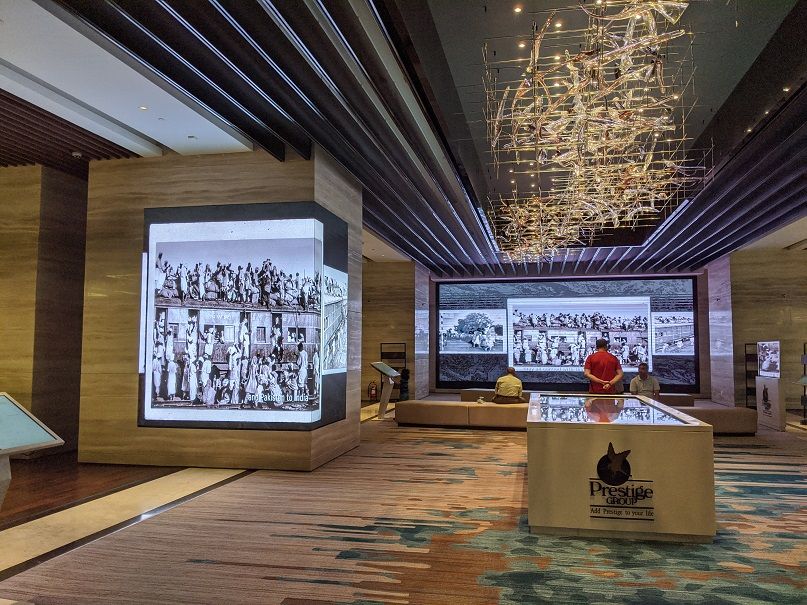
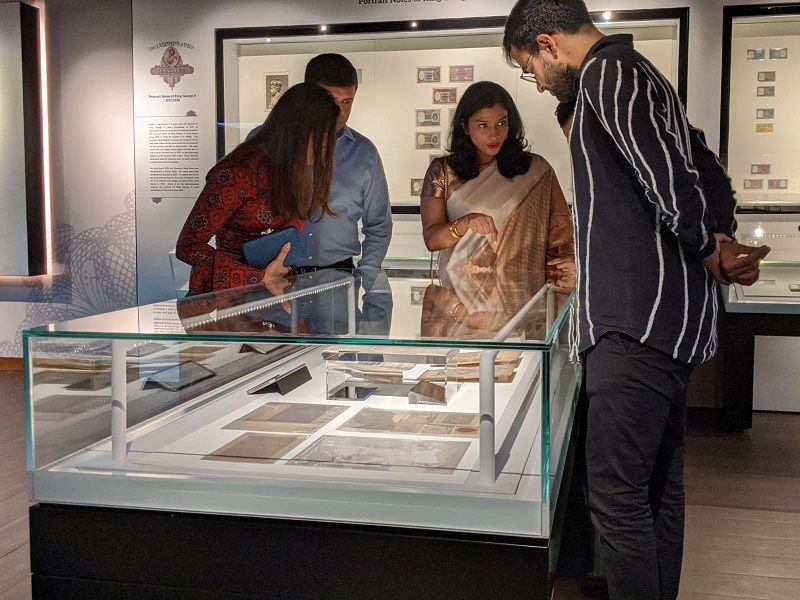
Deepthi Sasidharan (centre)
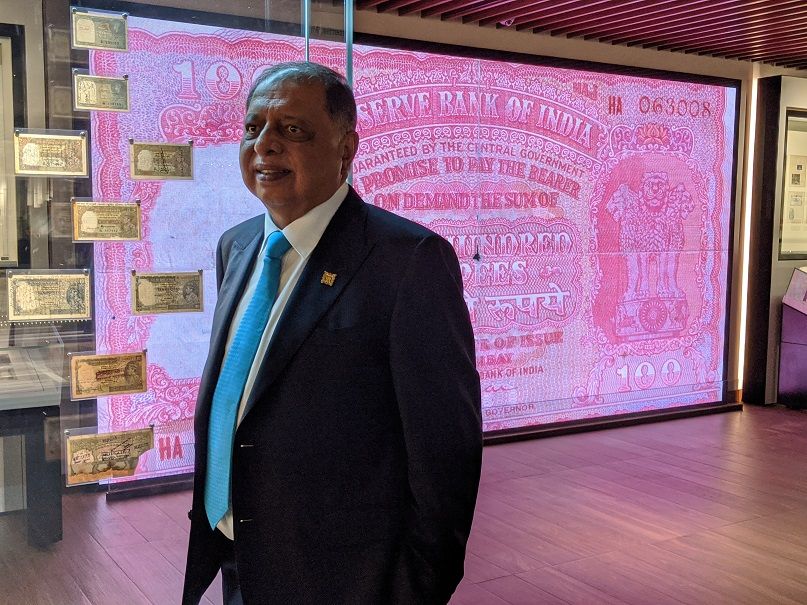
Rezwan Razack
See also the YourStory pocketbook ‘Proverbs and Quotes for Entrepreneurs: A World of Inspiration for Startups,’ accessible as apps for Apple and Android devices.
(Edited by Teja Lele Desai)
Want to make your startup journey smooth? YS Education brings a comprehensive Funding Course, where you also get a chance to pitch your business plan to top investors. Click here to know more.
Link : https://yourstory.com/2020/06/rezwan-razack-museum-indian-paper-money-design
Author :- Madanmohan Rao ( )
June 20, 2020 at 11:36AM
YourStory

